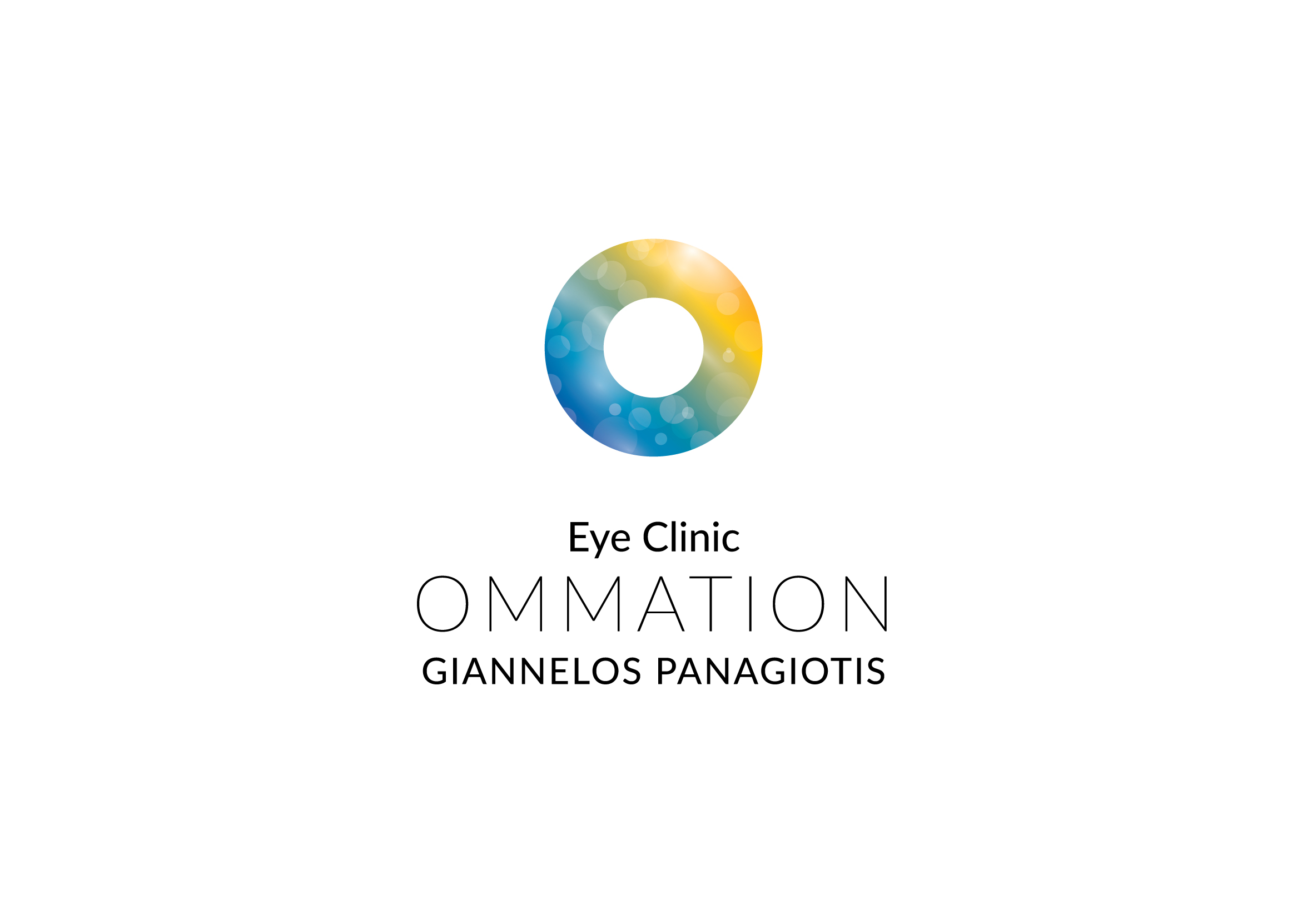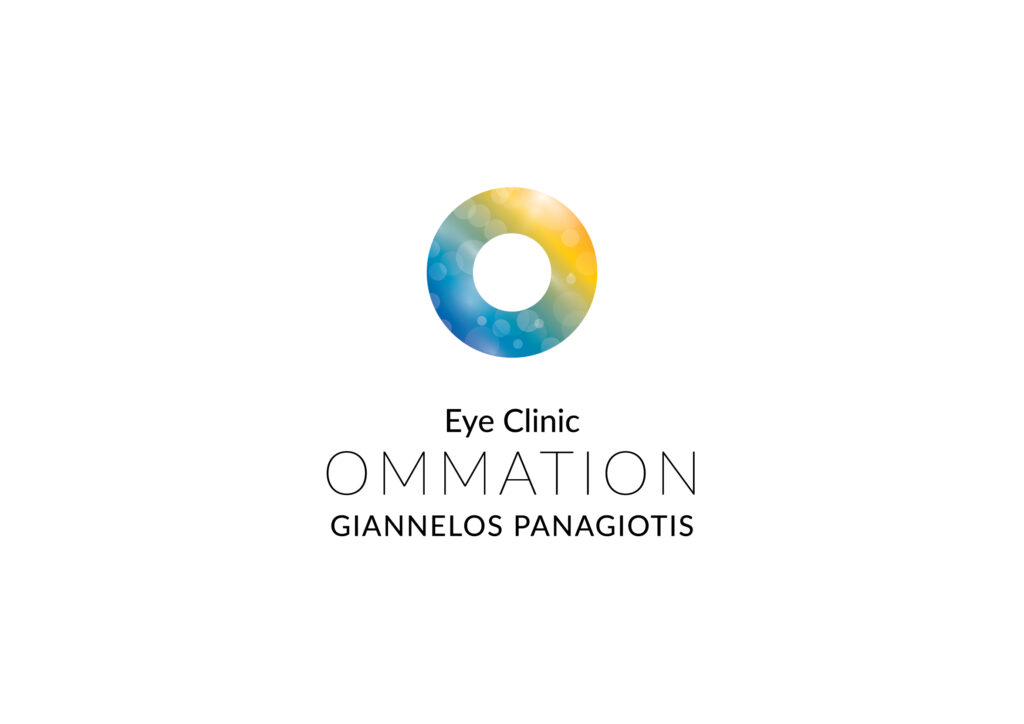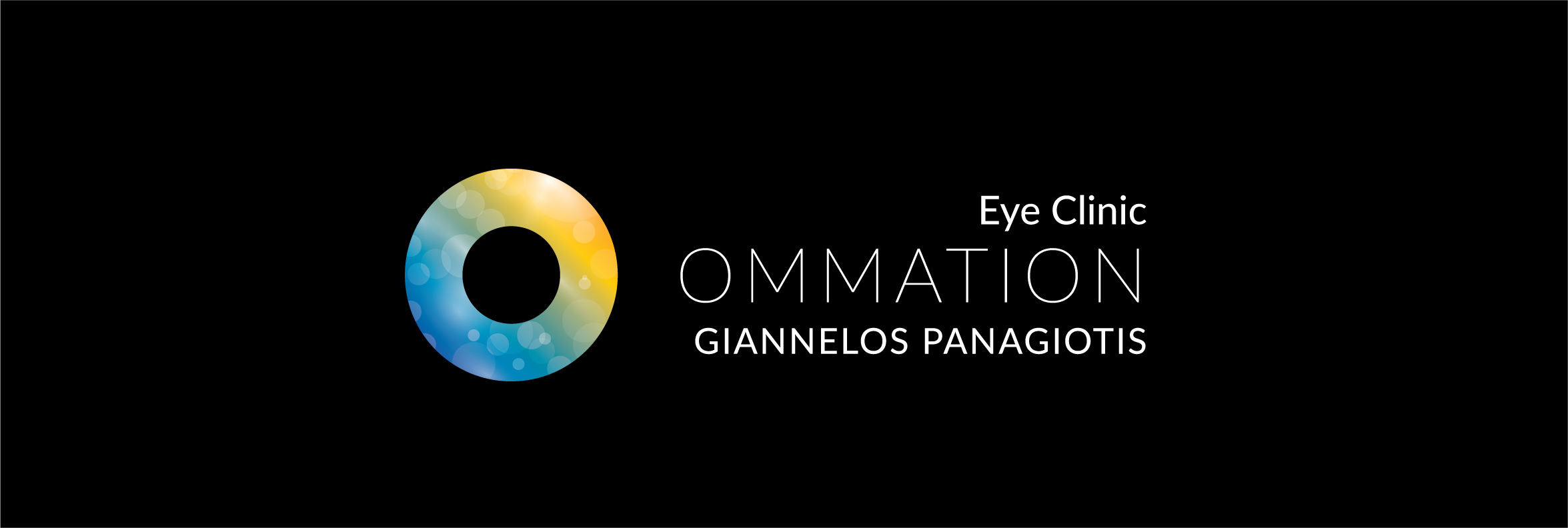Allergic conjunctivitis is caused by allergens and irritants, such as pollen, dust and mold. Allergic conjunctivitis can be grouped into two types:
Seasonal allergic conjunctivitis: The seasonal form is associated with seasonal allergies that usually occur during the spring and summer months, and sometimes during the fall. Exposure to pollen, grass and other airborne allergens causes seasonal allergic conjunctivitis.
Perennial allergic conjunctivitis: The perennial form persists throughout the year, and is generally triggered by indoor allergens such as animal dander, dust and mold spores.
Allergic Conjunctivitis Symptoms
Common symptoms of allergic conjunctivitis in the eyes can include:
- Intense itching of eyes and urge to rub eyes.
- Red eyes.
- Watery or white, stringy mucus discharge.
- Swollen eyelids.
These symptoms may be accompanied by nasal symptoms such as a runny or itchy nose, or sneezing.
Allergic Conjunctivitis Diagnosis
Your doctor will diagnose you with allergic conjunctivitis through a review of your symptoms and an eye examination. Specific blood tests or skin tests may be required to diagnose or identify the specific allergen causing your reaction.
Allergic Conjunctivitis Treatment
Treatment for allergic conjunctivitis may include:
- Cold compress.
- Artificial tears.
- Anti-allergy eye drops or oral medications (over-the-counter or prescription).
- Allergy immunotherapy.
Some additional measures may be helpful, such as:
- Avoiding allergens.
- Washing your face after exposure to environmental allergens such as dust or pollen.
- Frequent washing of clothes.
- Bathing or showering before bedtime.
- Keeping contact lenses and cases clean and changing contact solution daily.
SOURCE: Johns Hopkins Medicine







